Entry Category: Counties, Cities, and Towns - Starting with N
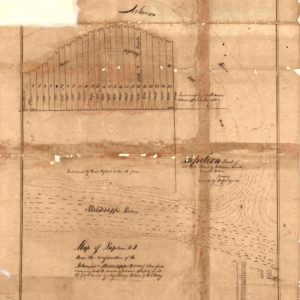 Napoleon Map
Napoleon Map
Nashville (Howard County)
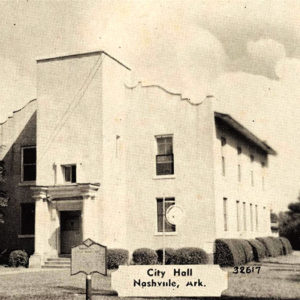 Nashville City Hall
Nashville City Hall
 Nashville Depot
Nashville Depot
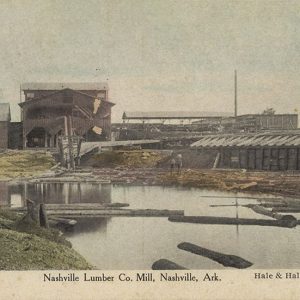 Nashville Lumber Company
Nashville Lumber Company
 Nashville Post Office
Nashville Post Office
 Nashville Post Office
Nashville Post Office
 Nashville Street Scene
Nashville Street Scene
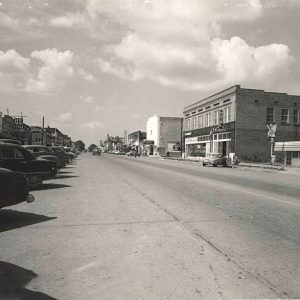 Nashville Street Scene
Nashville Street Scene
 Nashville Street Scene
Nashville Street Scene
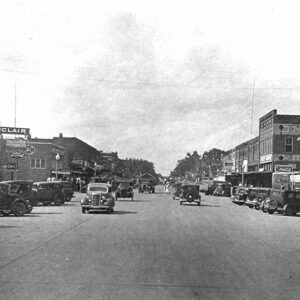 Nashville Street Scene
Nashville Street Scene
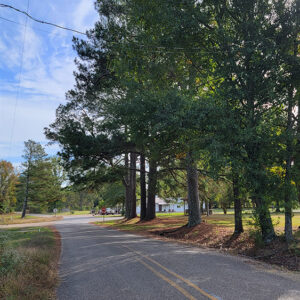 Entering Nathan
Entering Nathan
Nathan (Pike County)
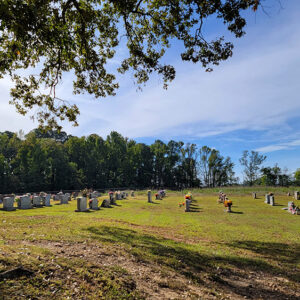 Nathan Cemetery
Nathan Cemetery
 Nathan Church
Nathan Church
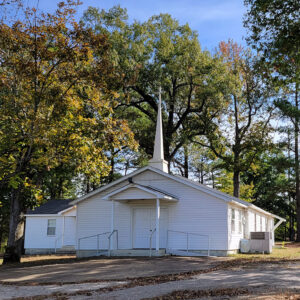 Nathan Church
Nathan Church
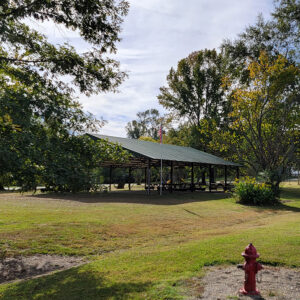 Nathan Pavilion
Nathan Pavilion
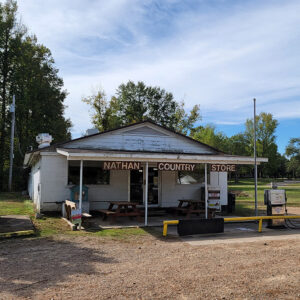 Nathan Store
Nathan Store
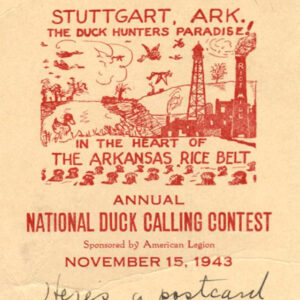 National Duck Calling Contest
National Duck Calling Contest
Native (Clark County)
 Native Dog Brewing
Native Dog Brewing
 Native Dog Brewing
Native Dog Brewing
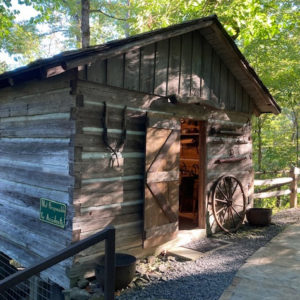 Natural Bridge Cabin
Natural Bridge Cabin
Natural Steps (Pulaski County)
Nebraska (Scott County)
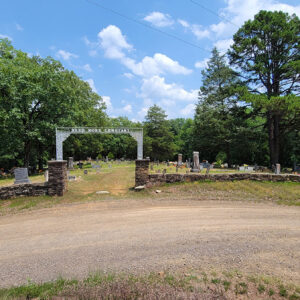 Need More Cemetery
Need More Cemetery
Needmore (Scott County)
Nella (Scott County)
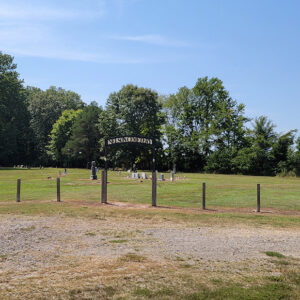 Nelson Cemetery
Nelson Cemetery
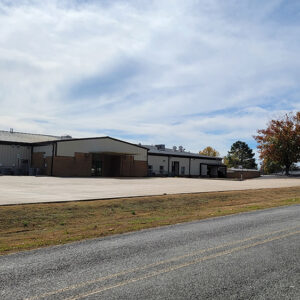 Nemo Vista Elementary School
Nemo Vista Elementary School
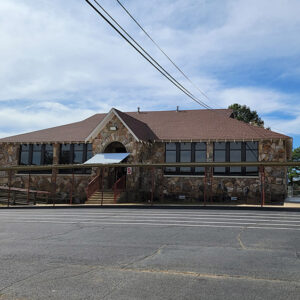 Nemo Vista School
Nemo Vista School
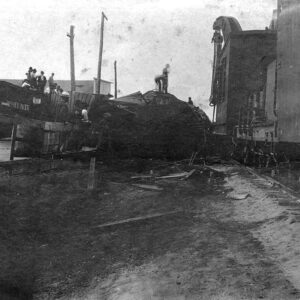 Nettleton Train Wreck
Nettleton Train Wreck
Neuhardt (Crittenden County)
Nevada County
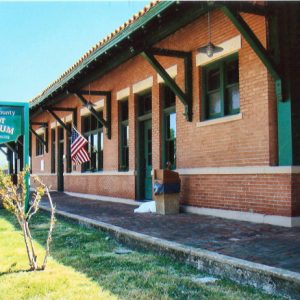 Nevada County Depot and Museum
Nevada County Depot and Museum
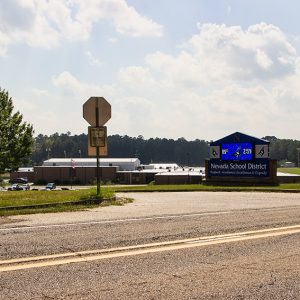 Nevada School District
Nevada School District
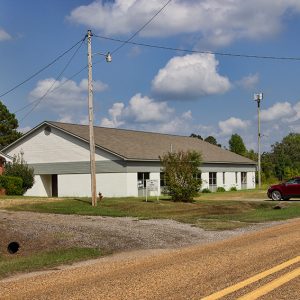 New Bethel AME Church
New Bethel AME Church
New Edinburg (Cleveland County)
New London (Union County)
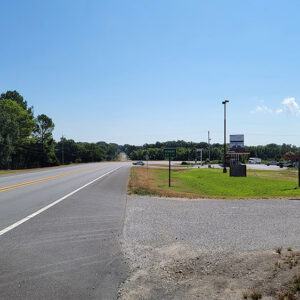 Entering Newark
Entering Newark
Newark (Independence County)
 Newark Baptist Church
Newark Baptist Church
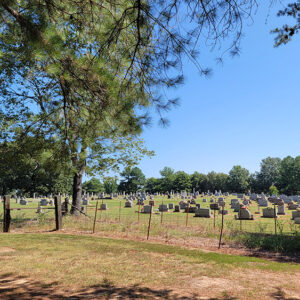 Newark Cemetery
Newark Cemetery
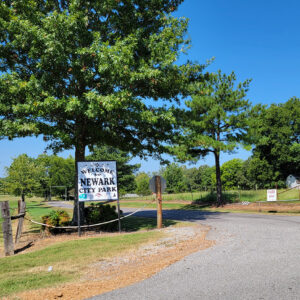 Newark City Park
Newark City Park
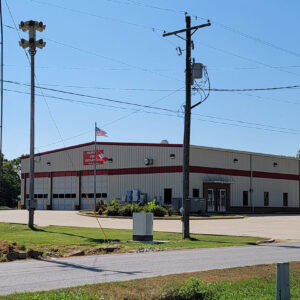 Newark Fire Department
Newark Fire Department
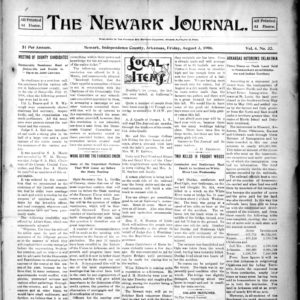 Newark Journal
Newark Journal
 Newark Municipal Building
Newark Municipal Building
 Newark Pond
Newark Pond
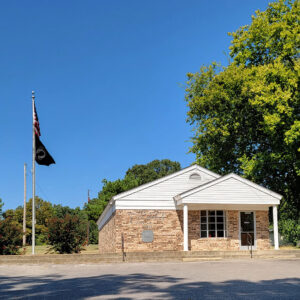 Newark Post Office
Newark Post Office




